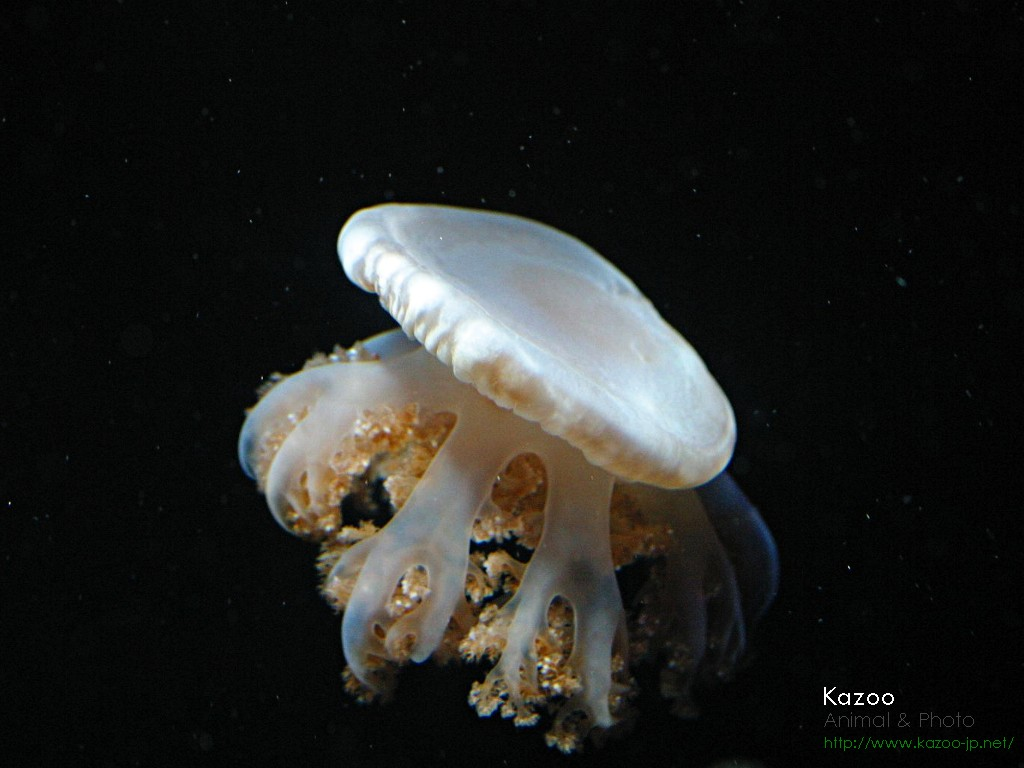

is described here based on forty specimens collected from the south and northeast coasts of Sri Lanka, with the type location being Bonavista Reef, Galle Bay. Most of the records were from the Laccadive Sea region while the majority of the species have been reported during the northwest monsoon (December to February) period.Ī new species of box jellyfish, Carybdea wayamba sp. In total, forty species (including two subspecies) in 19 genera, belonging to five families from four orders of the classes Appendicularia (n = 17 species) and Thaliacea (n = 23 species) were reported to be inhabited in Sri Lankan waters. formica digitata, Oikopleura cophocerca, O. Among the samples collected in this study, Pyrostremma spinosum and Thalia sibogae were reported for the first time from Sri Lankan waters while two more thaliaceans, i.e., Doliolum denticulatum and Pegea confoederata, and six appendicularians, i.e., Fritillaria borealis sargassi, F. Further, a comprehensive literature survey was conducted and the previous records on the occurrences of pelagic tunicates within the exclusive economic zone of Sri Lanka were cross-checked and listed in developing the first-ever annotated checklist. doi: 10.3389/ broadening the understanding of the diversity, distribution and seasonality of gelatinous zooplankton of Sri Lanka, a survey (‘Waya-jel-Survey’) was carried out in coastal waters of the country from 2016 to 2020, and the collected specimens of pelagic tunicates were taxonomically identified. "Upside-Down but Headed in the Right Direction: Review of the Highly Versatile Cassiopea xamachana System". Steinworth, Bailey Templeman, Michelle Thomé, Patricia E. Journal of Experimental Marine Biology and Ecology. "Natural infections of aposymbiotic Cassiopea xamachana scyphistomae from environmental pools of Symbiodinium".

Journal of the Marine Biological Association of the United Kingdom. "All non-indigenous species were introduced recently? The case study of Cassiopea (Cnidaria: Scyphozoa) in Brazilian waters". "Variation in symbiont uptake in the early ontogeny of the upside-down jellyfish, Cassiopea spp". "Does seawater acidification affect zooxanthellae density and health in the invasive upside‐down jellyfish, Cassiopea spp.?".

These jellyfish are able to thrive because the mutualistic relationship with the algae and rarely have to hunt.Ĭassiopea ornata are pelagic and reside in tropical, shallow waters.

The remaining nutrients become food for the jellyfish. These algae feed on the sun and produce nutrients. When the jellyfish is in a polyp form, it will reproduce asexually by means of budding.Ĭassiopea ornata are photosynthetic due to a symbiotic relationship with the zooxanthellae that live below their tentacles. The male will produce sperm and release them into the water, while the female produces eggs and keeps them in order to obtain the males sperm and fertilize the eggs. When in a medusa form, it will reproduce sexually. As a cnidarian, the cassiopea ornata jellyfish can reproduce both sexually and asexually. Cassiopea ornata are a part of the class, Scyphozoa, "the true jelly-fish." Members of this class are gonochoric.


 0 kommentar(er)
0 kommentar(er)
